At the meeting with representatives of the Government Party Committee and central departments and branches to evaluate the implementation results of the Central Resolutions on public health care and future orientations, General Secretary To Lam emphasized that, in response to the requirements of national development in the new era, the work of protecting and taking care of people's health is both a goal and a driving force for rapid and sustainable development.
Public health care work needs to aim at the goal of building a healthy Vietnam, where all people can live long, healthy, happy lives; human resources must have enough physical, mental, intellectual and moral health to achieve the goal of Vietnam becoming a developing country with an upper middle income by 2030, and a developed country with a high income by 2045.
In fact, in recent years, although public health care in our country has achieved many outstanding results, there are still shortcomings, limitations, and inadequacies that need to be urgently overcome.
Free hospitalisation is a social security policy with great impact, widely accepted by the public because it can support people in difficult circumstances to access medical services without financial barriers; ensure social justice; encourage timely medical examination and treatment...
At the same time, this policy shows that the State always cares and shares with the disadvantaged in society. In terms of health, the policy of free hospital treatment for all people will be an opportunity to improve the quality of health care for the people. However, implementation will not be easy, because it involves financial factors, facilities and different needs between regions.
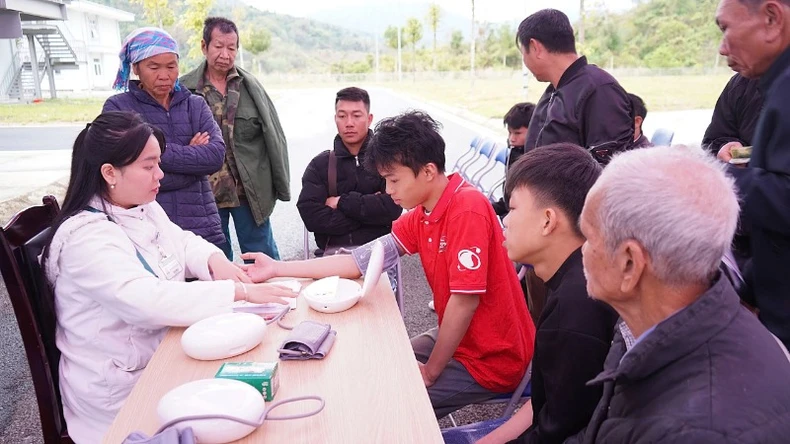 |
Medical examination and free medicine distribution for people in the mountainous district of Nam Nhun, Lai Chau . |
To implement free hospitalisation, specific solutions and a clear roadmap are needed. The government continues to increase investment in healthcare to achieve universal health coverage, reduce out-of-pocket costs and strengthen the healthcare system.
In addition to increasing the allocation of the state budget, it is necessary to continue to have new financial mechanisms to ensure sufficient resources to implement free hospital fees. It is expected that in the near future, many items harmful to health (alcohol, beer, tobacco, sugary drinks) will have to be taxed at higher rates (special consumption tax) to both reduce factors harmful to health and have resources to reinvest in social security activities, including health care.
This resource is expected to significantly supplement the health insurance fund and universal health care programs, contributing to reducing the spending burden from the state budget and the people themselves.
On the other hand, there are policies to adapt to population aging and the increase in chronic diseases. Many experts have affirmed that free hospital fees are different from free tuition, and free hospital fees can be implemented through universal health insurance.
Currently, health insurance has helped reduce the financial burden for people when examining and treating diseases. Therefore, it is necessary to improve health insurance policies to support people, especially the disadvantaged in society; at the same time, improve the health insurance payment list to reduce the financial burden for patients with serious illnesses.
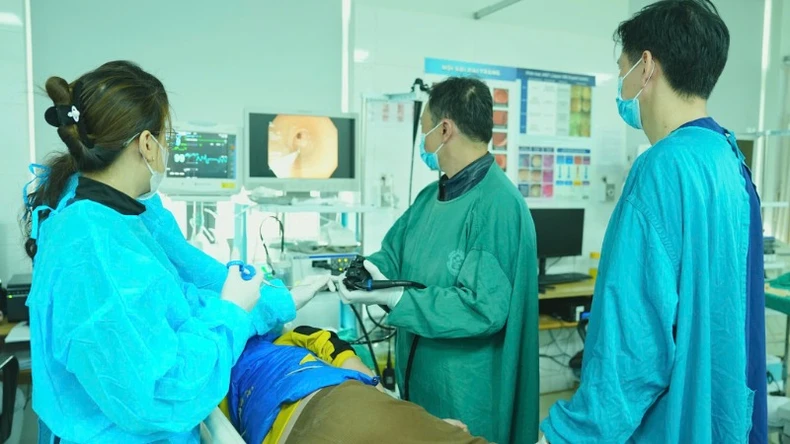 |
Applying high technology to examine and treat patients at Bach Mai Hospital. |
The Ministry of Health aims that by 2030, 90% of people will have full access to preventive medicine to control diseases, screen for disease risks, manage chronic diseases, and receive general medical examination and treatment, right from the grassroots level.
In addition, 100% of people will have regular health check-ups at least once a year, and will have an electronic health book to manage their health throughout their lives...; strive for 100% of the population to have health insurance while expanding the scope of health insurance benefits, gradually reducing the proportion of people's payments in total spending on health services.
Thus, in addition to developing new policies, the industry also needs solutions to remove obstacles in current policies, such as regularly updating the list of drugs covered by health insurance so that all patients have access to advanced treatments.
At recent National Assembly sessions, some delegates said that there was still a delay in updating new drugs to the list of health insurance drugs. This is a barrier that increases the cost burden for patients, especially those with chronic diseases and rare diseases, limits the choice of treatment methods for medical professionals, reduces treatment effectiveness and increases social costs.
During the visit and working session with the Ministry of Health on the occasion of the 70th anniversary of Vietnam Doctors' Day, in order to address the challenges facing the health sector now and in the coming years, in addition to continuing to effectively implement the Party's resolutions on the health sector, General Secretary To Lam emphasized twelve contents.
The first content is the need to change the thinking about the medical field. Health care is not only about examining and treating patients, but more importantly, it is about taking care of people's health to limit diseases; it is necessary to focus on researching disease prevention measures, improving health, prolonging life; strengthening capacity for reproductive health, pediatrics and geriatrics; strengthening community health; increasing the number of people visiting medical facilities for annual or semi-annual health check-ups. Focus on removing difficulties, barriers and bottlenecks for the medical sector to rise up.
Source: https://nhandan.vn/cong-bang-trong-tiep-can-y-te-va-bai-toan-mien-vien-phi-post880124.html













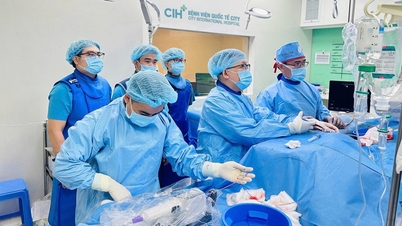
















![[Photo] Off-road racing: Adventure sport, attractive tourism product](https://vphoto.vietnam.vn/thumb/1200x675/vietnam/resource/IMAGE/2025/9/14/45123bd29c884b64934da038d947d344)








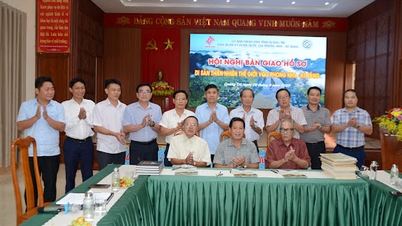










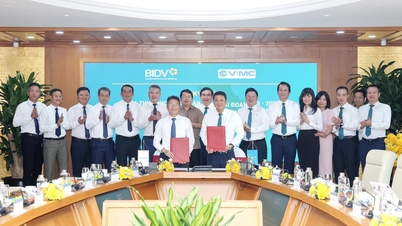

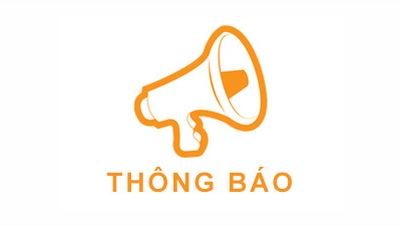



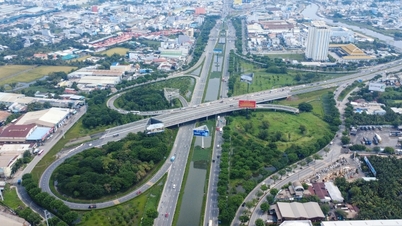




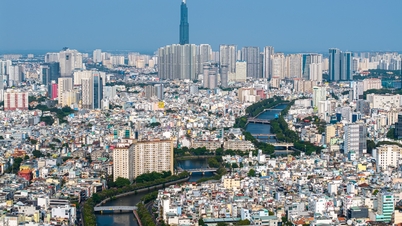


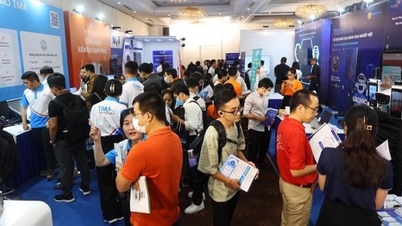


















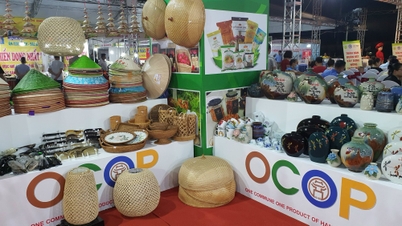













Comment (0)